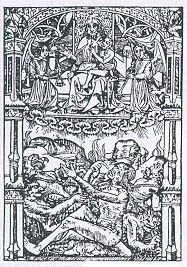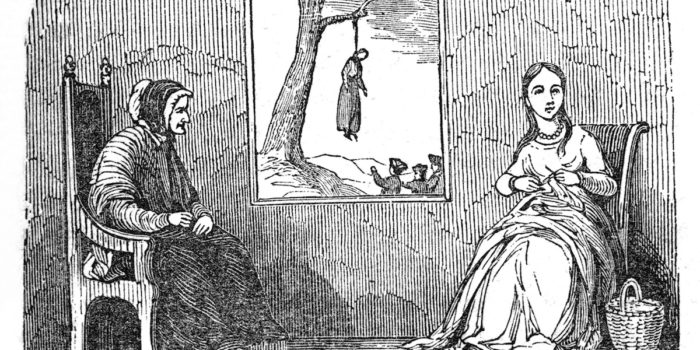Note: Apologies for the late upload, during this time I was having troubles with logging into my account.

Survey 3, the week of burning witches. For the ordinary citizens of the 15th century, most of the women lived in fear of being accused of being a witch as well as some men since they weren’t fully exempt of accusation either. Until the year that The “British Witchcraft Act” was passed, which was 1735, the church had spread the fear of witches across most of Europe and therefore caused a mass hysteria and many, many executions.

Most of the accusations happened in parts of what is now, Germany, France, Netherlands, and Switzerland. The number of accusations during the 200 approximate years that the witch hunts went on are estimated to be 40,000 to 100,000 as stated in public records, however the amount of people accused that are unlisted could be up to three times as many. The majority of executions happened around the years of 1580-1650.

Now, how did people know to find witches? What did they do? At around 1450, a certain book was printed and published, this so called book was named the “Malleus Maleficarum”, this book was written or compiled by Heinrich Kramer and Jakob Sprenger. Another name it goes by is “The Hammer of Witches”. One of the reasons that it had become so widespread was because of the invention of printers, and so it was able to be mass produced and widely distributed compared to previous iterations of any witch informing piece of literature. The book was split into three sections that entailed believed practices, how they harm and prevention, and convictions.

The thing about section 3 is that it was biased against the ‘witches’ from the beginning. The authors justification for these were to ‘protect’ the innocent from the devil. The section outlines that judges can lie to the accused by promising them ‘immunity’ if they confess, as well as keeping the identity of the accuser secret to the accused.
Sources:
- https://www.thoughtco.com/european-witch-hunts-timeline-3530786
- https://www.thoughtco.com/malleus-maleficarum-witch-document-3530785
- https://www.mtholyoke.edu/courses/rschwart/hist257/stephwhit/final/malleus.html
